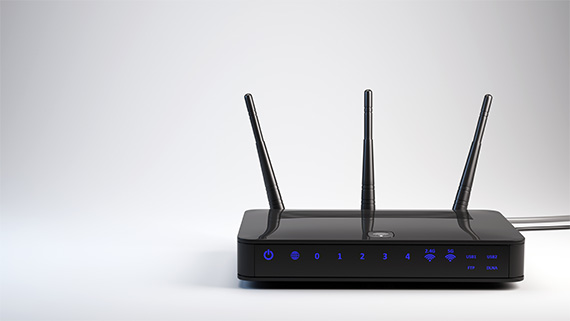Learning the Benefits of Fiber Optic TV Services for Massive Applications
Wiki Article
Fiber fiber TV solutions are growing increasingly popular for big applications, such as in educational institutions, medical facilities, and businesses. These services use slender strands of silica or polymer to transmit information as optical waves. This technology offers multiple advantages over conventional cable or broadcast TV services. One of the key significant advantages is the rapid internet link that optical optics can offer. This speed allows for smooth streaming of HD material, which is essential for entities that rely on visual for education, demonstrations, or leisure.
Another important advantage of fiber fiber TV services is their reliability. Fiber fiber cables are not as susceptible to interference from climatic factors or material obstacles in contrast to traditional metal wires. This means that entities can anticipate a more stable and stable connection, which is crucial for large-scale applications where service interruption can lead to significant interruptions. For example, a hospital needs to guarantee that its communication systems are constantly operational, and fiber technology can help attain that degree of dependability.
In addition to speed and reliability, fiber fiber TV solutions also offer greater bandwidth. This means that multiple users can utilize the internet and stream content simultaneously without experiencing a drop in performance. For big entities, this is especially advantageous as it allows numerous staff or learners to access the service at the same time. Schools can stream learning clips in classrooms while companies can carry out video conferences without worrying about lag or buffering problems.
Cost-effectiveness is another advantage of fiber optic TV services. While the initial installation additional info may be higher than traditional solutions, the long-term savings can be significant. Fiber optics require fewer maintenance and have a longer lifespan than copper cables. Additionally, the increased efficiency and speed can lead to higher productivity, which can save costs in the future. Entities can distribute their assets more efficiently when they do not have to deal with frequent service interruptions or slow broadband rates.

Lastly, fiber optic TV services are environmentally friendly. The components used in optical optics are not as harmful to the ecosystem in contrast to conventional wiring. Furthermore, fiber technology uses less power, which can help entities minimize their carbon footprint. As an increasing number of businesses and organizations seek ways to be more eco-friendly, fiber solutions offer a viable choice that corresponds with these objectives. Overall, the advantages of fiber television solutions make them an excellent choice for large-scale uses, offering speed, dependability, bandwidth, affordability, and environmental sustainability.